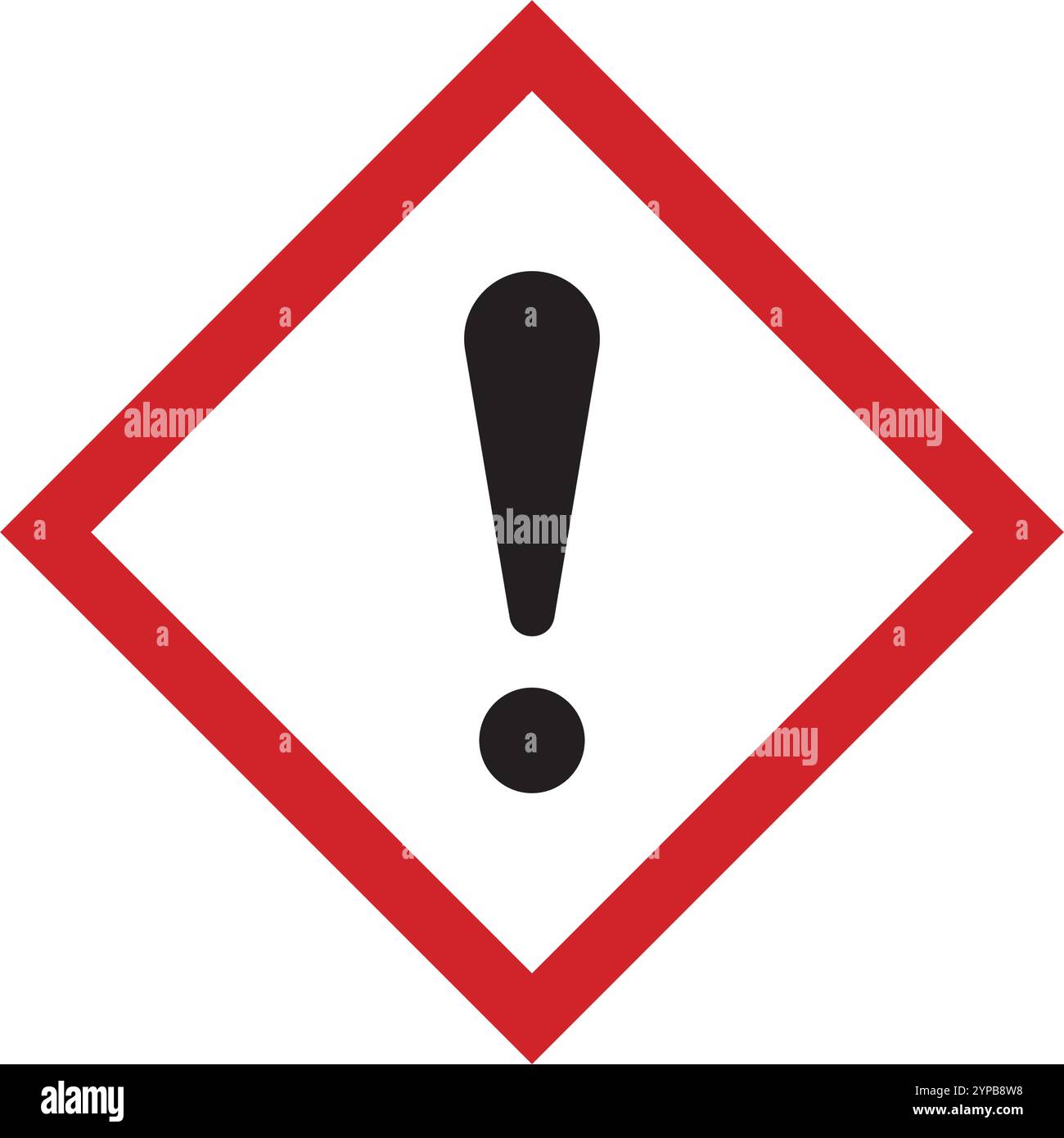This method of waste management can create harmful greenhouse gases if done in open areas. What is it?
Burning
What does the "reduce" in the 5Rs mean?
Using fewer materials to produce less waste.
Name at least two type of hazardous material found in the home.
cleaning products, paints, batteries...
True or false: This picture shows the symbol of irritant waste.

True.
Name at least two things that going into the green bin in Calgary.
food scraps, yard waste, pet waste...
A large area of land is used for burying waste materials. What is it called?
Landfill
Give at least two examples of "reusing" an item instead of throwing it away.
Using glass jars as storage containers for food, small items, or even as planters instead of discarding them.
Repurposing old clothing into cleaning rags, tote bags, or quilts instead of throwing them out.
Name at least two types of hazardous waste.
explosive, irritant, flammable, corrosive, toxic...
True or false: This picture shows the symbol of flammable waste.

False.
Name at least two things that should be going into the black bin in Calgary.
non-recyclable plastics, small broken house appliances, food-soiled paper...
How many landfill sites are there in Calgary?
Three.
Name at least 5 items that can be recycled in Calgary’s blue bin program.
paper, cardboard, glass, plastic containers, tin and aluminum packaging...
Name at least two results that will happen to the compressed gas if it's not stored properly.
explosion, fire, pressure release, toxic exposure, environmental damage...
Name at least two wastes that could have this symbol on.

aerosol cans, fireworks...
Where is the closest landfill site to us?
Spyhill landfill site
Name at least two ways of disposing of garbage, and list at least one advantage and one disadvantage of both methods.
Landfilling and burning wastes.
Landfilling involves burying waste in designated areas, which is cheap and easy to manage, but it takes up a lot of space and can pollute soil and water. Burning garbage reduces its volume, which saves space and can produce energy, but it releases harmful gases and is more expensive.
Identify and explain one material that is difficult to recycle and why.
One material that is difficult to recycle is Styrofoam. It is hard to recycle because it is lightweight and bulky, making it expensive to transport and process. Additionally, it often contains food or other contaminants, which can make it unusable for recycling and result in it being sent to landfills instead.
Why should corrosive materials be handled carefully?
Corrosive materials can cause serious harm because they can burn skin, eyes, or damage other body tissues if they touch you. They can also damage surfaces, containers, and equipment if not handled properly. Being careful with corrosive materials helps keep people safe and prevents accidents or environmental harm.
How can knowing hazard symbols help you stay safe?
Knowing hazard symbols helps you stay safe by warning you about dangerous materials, like poisons, flammable items, or corrosive chemicals. These symbols show what precautions to take, like wearing gloves, keeping items away from flames, or avoiding skin contact. By understanding these signs, you can handle materials safely and avoid accidents or harm to yourself and others.
Name a personal action you can take to reduce waste at home.
Using reusable bags when doing shopping
Repairing items that are broken
Composting food scraps in the green bin
Explain how increased consumption and production of materials can impact the environment and propose two specific actions to reduce these impacts.
Increased consumption and production of materials can harm the environment by depleting natural resources, polluting air and water, and creating large amounts of waste. To reduce these impacts, people can recycle materials like paper, plastic, and metal to keep resources in use and reduce waste. Additionally, choosing reusable items instead of disposable ones helps cut down on the need for constant production and saves resources.
Explain how repairing an item before discarding it can help the environment.
Repairing an item instead of throwing it away helps the environment by reducing waste that ends up in landfills. It also saves natural resources and energy that would have been used to make a new item. By fixing things, we can use them longer and lower the demand for new production, which reduces pollution and helps protect the planet.
Explaine the environmental risks of dumping poisonous materials, like pesticides, into the ground.
Dumping poisonous materials like pesticides into the ground can harm plants, animals, and people by contaminating the soil and water. These chemicals can seep into underground water supplies or nearby rivers, making the water unsafe to drink or use. Poisoned soil can also harm plants and kill important insects, disrupting the balance of nature and making the land unhealthy for farming or living.
What does WHIMS stand for?
Workplace Hazardous Materials Information System
Explain at least two advantages and two disadvantages of composting.
Advantages of Composting:
Composting reduces waste by turning food scraps and yard waste into nutrient-rich soil, helping plants grow better.
It keeps organic waste out of landfills, which reduces harmful gases like methane that contribute to climate change.
Disadvantages of Composting:
Composting can take time and effort, as it needs regular care, like mixing and keeping the right moisture level.
If not done properly, compost piles can attract pests or create bad smells, especially if meat or oily foods are added.